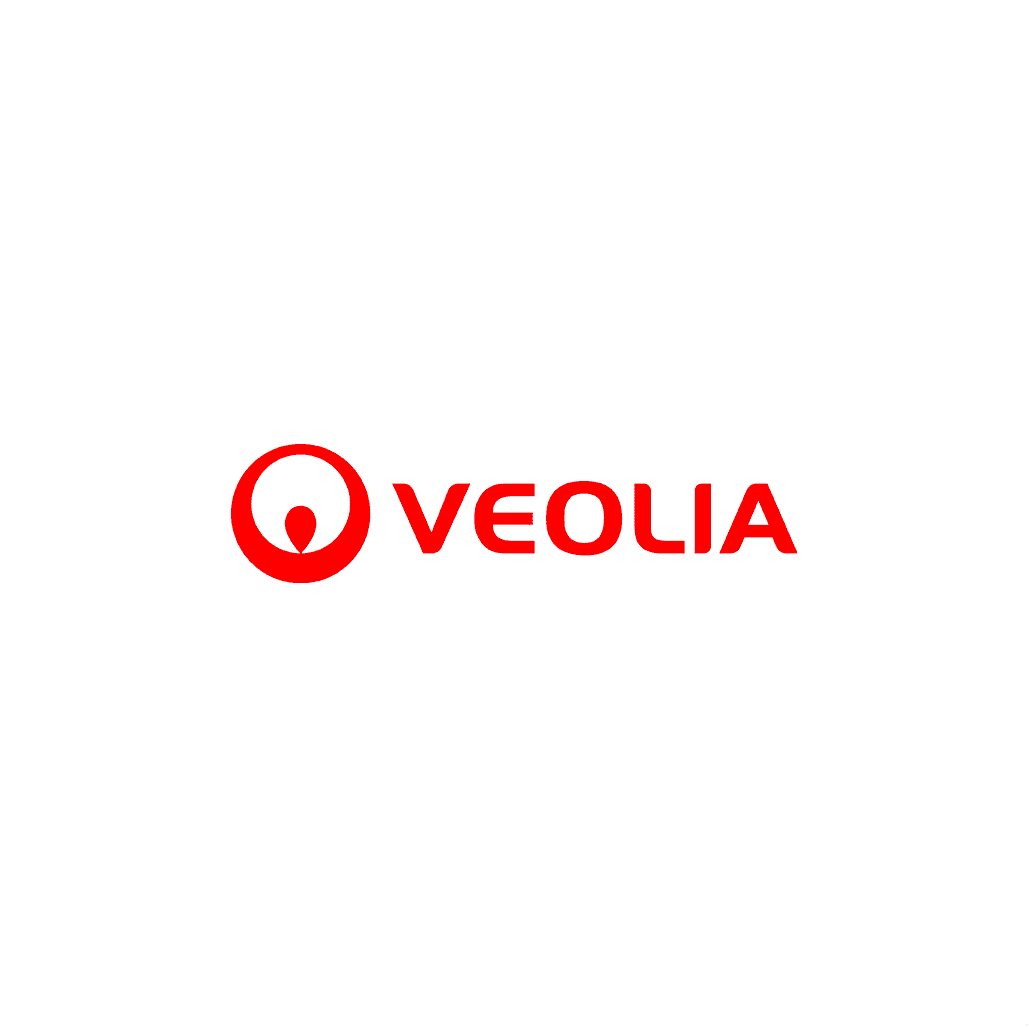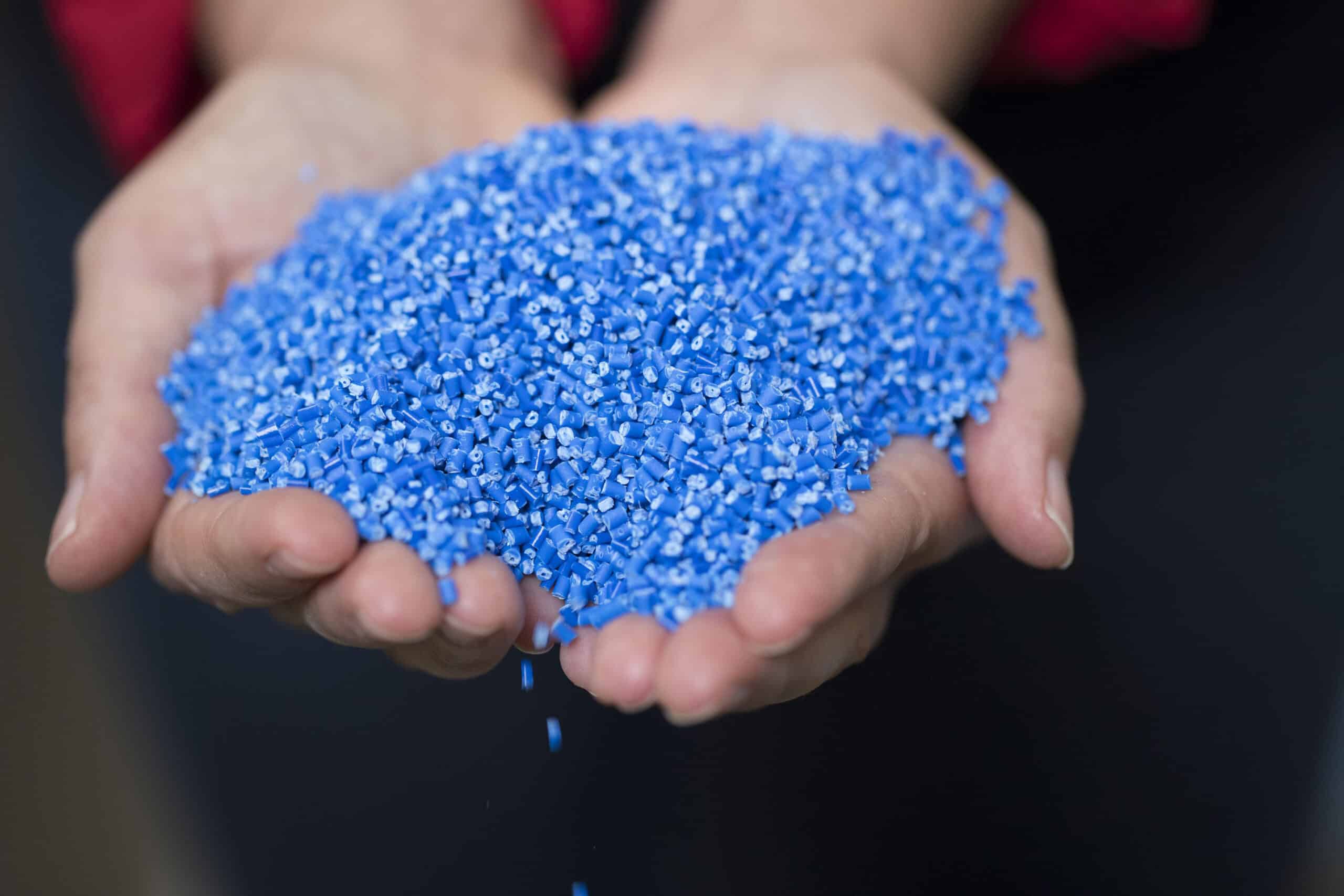Combat pollution and accelerate the ecological transition by increasing the turnover linked to the circular economy. Target 2023: €6.3 billion

Terms of the action or commitment
As part of its Environment 2020-2023 plan, Veolia has set a target of achieving €6.3 billion in revenue from the circular economy by 2023. This target concerns its three business lines:
– Waste: the aim is to recover waste and reduce the consumption of raw materials by third parties by making secondary raw materials available. The Group seeks to reduce the consumption of raw materials at the facilities it operates. Recovered treated waste is monitored via the Environmental Management System (material recovery rate of treated waste, energy recovery rate of treated waste, abatement rate of treated hazardous waste, tonnage of recycled plastic).
In particular, this involves optimising sorting by developing innovative technologies such as remote-controlled sorting and sorting using artificial intelligence, and seeking recycling solutions for complex waste from new technologies.
– Water: this involves promoting the recovery of sludge from wastewater treatment by monitoring its material and energy recovery rate, and reducing the consumption of raw materials consumed at treatment sites, particularly the reagents used; the link is made with the greenhouse gas emissions associated with scope 3. Energy performance is also monitored and optimised using digital solutions at the wastewater treatment plants.
– Energy: the recovery rate of combustion residues from the incinerators operated is monitored to be optimised (bottom ash and slag).
– Result 2020: 5.2; Result 2021: 6.0
– Waste: the aim is to recover waste and reduce the consumption of raw materials by third parties by making secondary raw materials available. The Group seeks to reduce the consumption of raw materials at the facilities it operates. Recovered treated waste is monitored via the Environmental Management System (material recovery rate of treated waste, energy recovery rate of treated waste, abatement rate of treated hazardous waste, tonnage of recycled plastic).
In particular, this involves optimising sorting by developing innovative technologies such as remote-controlled sorting and sorting using artificial intelligence, and seeking recycling solutions for complex waste from new technologies.
– Water: this involves promoting the recovery of sludge from wastewater treatment by monitoring its material and energy recovery rate, and reducing the consumption of raw materials consumed at treatment sites, particularly the reagents used; the link is made with the greenhouse gas emissions associated with scope 3. Energy performance is also monitored and optimised using digital solutions at the wastewater treatment plants.
– Energy: the recovery rate of combustion residues from the incinerators operated is monitored to be optimised (bottom ash and slag).
– Result 2020: 5.2; Result 2021: 6.0
Levers mobilized for circular economy (according to Ademe)
Implementation timeline
Starting year
2022
Ending year
2023

